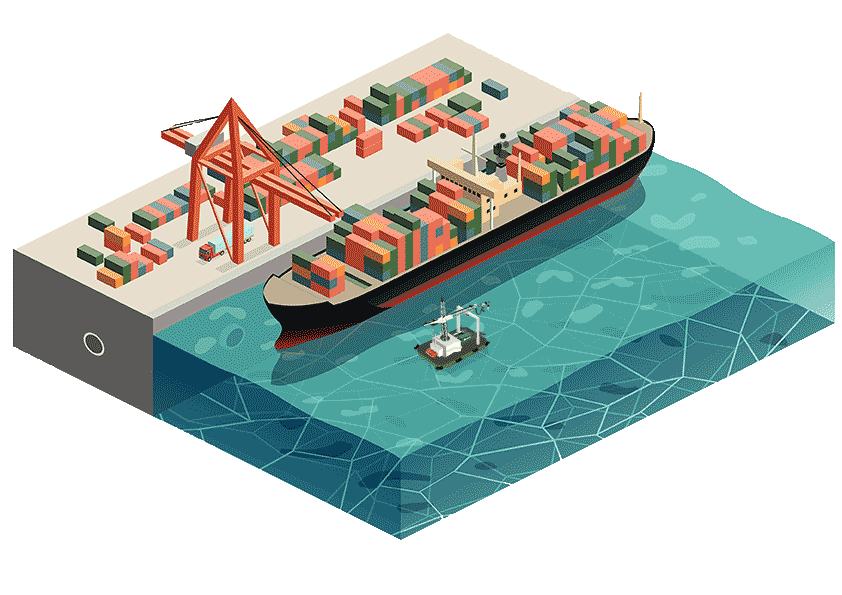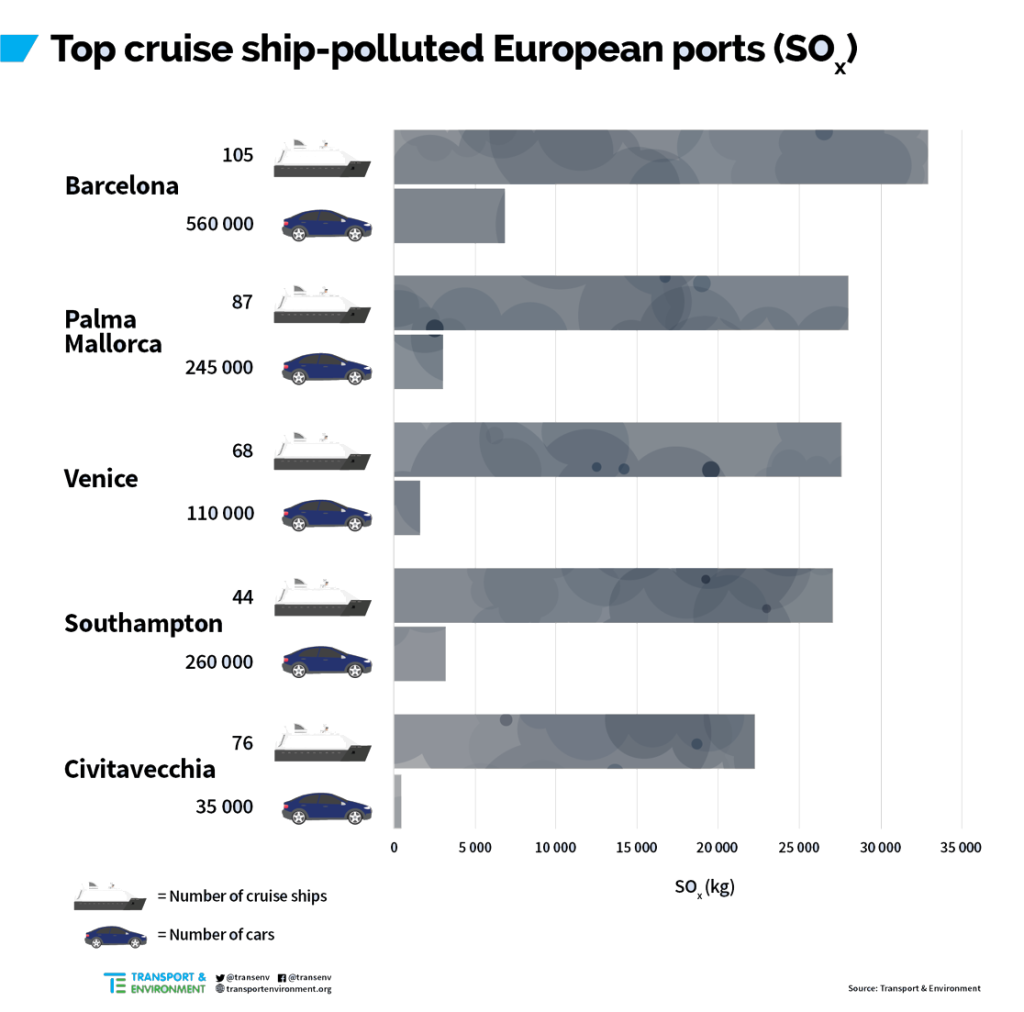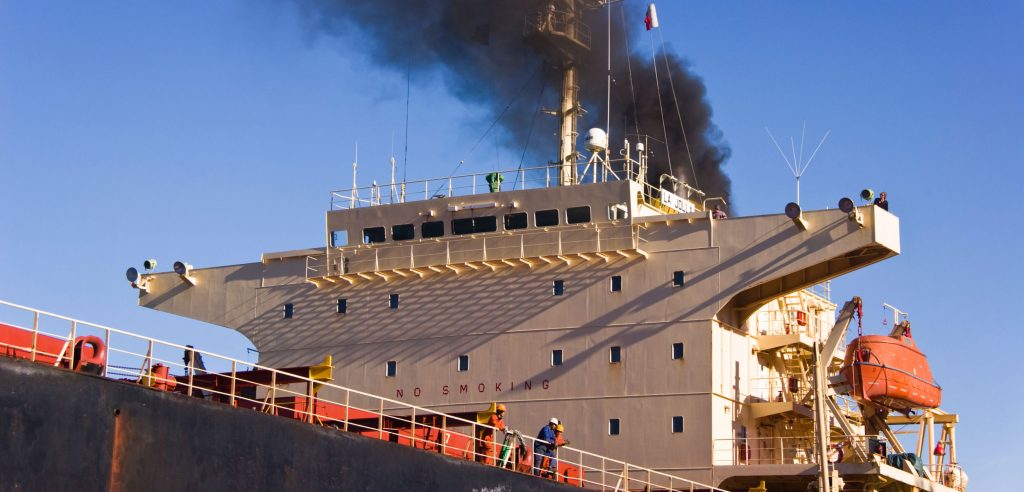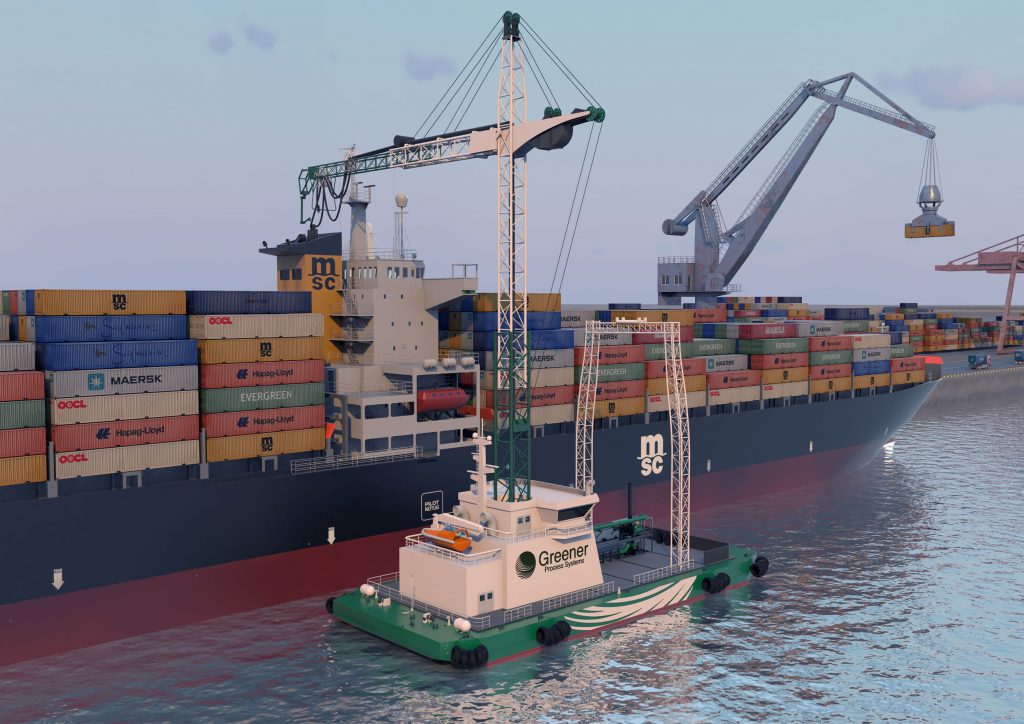Introducing SETH™, a patented, state-of-the-art technology to capture and reduce air pollution from oceangoing ships docked in ports to near zero. Air pollution constitutes both a health and an environmental problem that by U.S. Environmental Protection Agency estimation, costs the U.S. hundreds of billions of dollars per year. Please watch the video below to learn how our system is the best solution for this problem.
There are many different type of vessels and berth configuration in the maritime sector but we can say in general that the pollution problems within ports are the same relative to fuel-oil combustion. SETH™ offers a standardized solution of pollution mitigation services for ports that do not require retrofitting or costly modifications to both the port infrastructure or ships in general.
©2016-23 Greener Process Systems Inc.
The Maritime Sector
There are many different type of vessels and berth configuration in the maritime sector but we can say in general that the pollution problems within ports are the same relative to fuel-oil combustion.
SETH™ offers a standardized solution of pollution mitigation services for ports that do not require retrofitting or costly modifications to both the port infrastructure or ships in general. Implementing emission control technology on ships can enable the use of lower cost fuels, resulting in significant fuel and operational cost savings.
By conservative estimates, a typical ship consumes 20-30 metric tons of fuel per day while docking in port. You can use our calculator to estimate the potential yearly fuel savings that our systems can offer
We couldn’t find what you were looking for.
Maritime Waste Heat Recovery
Centralized Exhaust Management & ORC Systems
At Greener Process Systems, we provide port authorities with a special opportunity to implement a centralized waste heat recovery (WHR) system that utilizes an organic rankine cycle (ORC) to recover power from ship exhausts and convert it into electricity. Our patented system is designed to capture exhausts from multiple exhaust stacks within one ship and from multiple ships simultaneously. The captured exhaust is then conveyed to a WHR system, where it is used for co-generation.
The WHR system works by harnessing the waste heat generated by ships’ exhausts, which is typically lost to the environment. Instead, this heat is captured and converted into useful electricity using an ORC system. This process is highly efficient and environmentally friendly, as it reduces the amount of greenhouse gases emitted by ships and minimizes the need for fossil fuels to generate electricity.
Our Innovation / ECD – Emission Capturing Device
Patented U.S./E.U.
Our patented technology enables the capture of maritime exhaust while adding controls to the gaseous stream without the need for difficult retrofitting. Our capturing device can create a sealed connection with existing exhaust stacks and, through a system of controls, prevent the formation of backpressure, allowing the gaseous stream to be safely rerouted to aftertreatment systems while conserving the exhaust’s temperature. This device is crucial for waste heat recovery and power generation from exhaust gases.

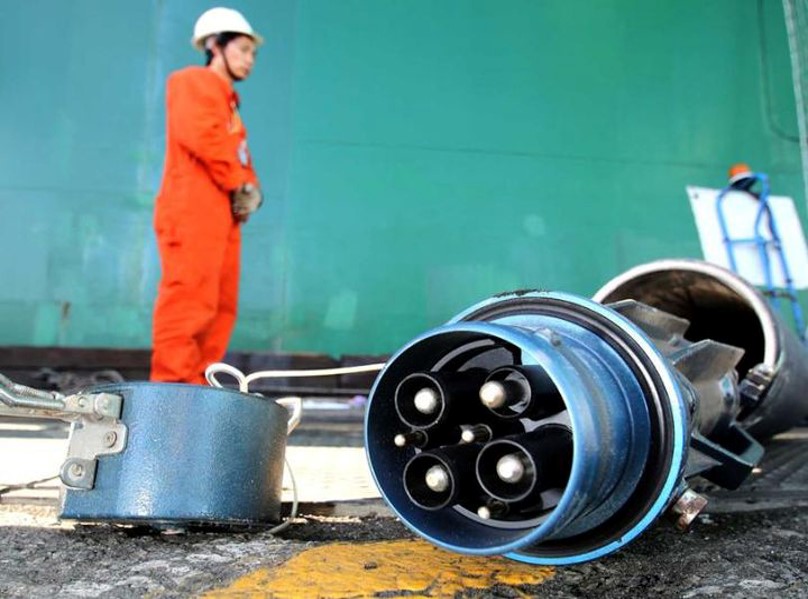
Complementary to Shore Power
SETH™ systems are implemented as a dockside service. It is not an alternative to Cold Ironing, it is complementary where cold ironing exists to offer assistance to vessels that may not be compatible. The system does not require any retrofitting and it is widely compatible with any type of vessel.
CO2 Abatement Modules
Our technology facilitates the capture of gaseous CO2 and its conversion into a solid powder form. This resulting powder can be safely disposed of or sold as a valuable raw material for use in construction or agricultural applications. Our abatement module has the capacity to reduce these emissions by up to 90%, assisting port and ship operators in meeting the European Union’s “Fit for 55” regulations, which aim to reduce net greenhouse gas emissions by at least 55% by 2030.
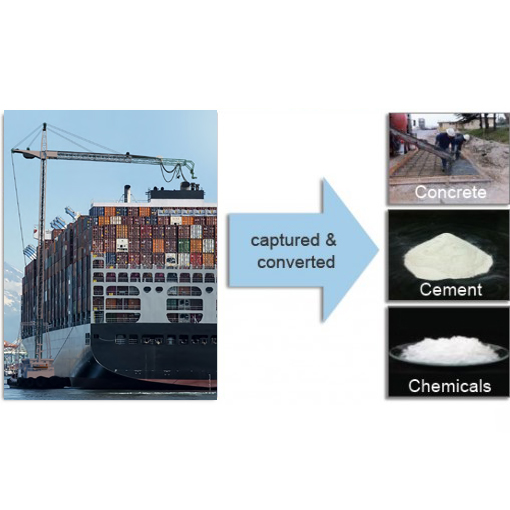
At Greener Process Systems we combine the process knowledge and resources of an engineering firm with equipment fabrication and supply capabilities tto provide a suite of quality engineering services with SETH™.
FROM CONCEPTUALIZATION, TO PROCESS SYSTEMS INTEGRATION AND IMPLEMENTATION

ENGINEERING
We develop and engineer process systems upon the budget, schedule, and performance requirements of your choice.
- Feasibility Studies
- Process Engineering
- HAZOP Studies
- Commissioning / Startup
- Energy Studies and Analysis
- Engineering Services

DESIGN & TESTING
We offer research, design, and prototyping services to assist you in developing Process Systems that make a difference.
- Design and Fabrication
- DFS Controls/Design
- Experimental Testing
- Process Equipment Design
- Process Utility Fabrication
- Custom Fabrication Support

MAINTENANCE & SUPPORT
We offer support & maintenance programs including installation, modification, routine maintenance, inspection, and repair services.
- Project Life-Cycle Support
- Chemical Process Systems
- Chemical Bending & Distribution
- Equipment Services
- Staff Augmentation Services
REDUCE URBAN POLLUTION
A system for the environment that eliminates ships emission in harbors and better the air quality in cities near ports.
EMISSIONS COMPLIANCE
A system to eliminate the risk for costly penalties and assure environmental compliance for vessel operators.
LOCAL ECONOMY CONTRIBUTION
A system that generates Jobs and revenue stream for dockside service providers and port operators.
SETH™ SHIP EMISSION TREATMENT IN HARBOR
Air Pollution Reduction System for Ships Docked in Ports
(patented E.U., patented U.S.)
Download: Pollutant Emissions in Ports: A Comprehensive Review ( 2021)
A single SETH™ system simultaneously removes different types of pollutants present in ship exhaust (NOx, SOx, PM, Heavy Metals). The catalytic process abatement efficiency is extremely high (>95% on average). The system takes advantage of a dry process without the use of any solvents or any liquid, and so no liquid waste is generated from it, which can result in water contamination (see scrubbing system failures).
Advanced robotics make this system highly adaptable and versatile designed to reach multiple ship’s exhaust funnels simultaneously independently from their shape and form. The system is fully automated and does not require direct human intervention.

SETH™ systems are similar to a fueling infrastructure and can be located on the dock or on barges to provide their services to docked ships. They connect to the ship’s smokestacks and treat their exhaust to remove pollutants and can also in some cases generate electricity through waste heat recovery. SETH™ systems offer significant advantages, including revenue generation through electricity generation, carbon credits, and fuel savings. SETH™ systems are modular and custom-designed, ensuring that no two systems are alike. SETH™ systems primarily consist of three groups of modules:
- One or multiple Emission Capture Devices (ECDs), which are fully automated, robotic capping devices that create an airtight seal connection with ship exhaust stacks. Typically, a ship in port uses two auxiliary engines with their respective exhaust stacks. A SETH system can have several ECDs for each ship service station, and multiple stations or barges may be available in one port.
- One or multiple Emission Treatment Devices (ETDs). ETDs are after-treatment modules, usually consisting of a ceramic candle filters that provides multi-pollutant abatement properties. A single ceramic candle filter can simultaneously abate NOx, SOx, Particulate Matter, Diesel Particulate, Heavy Metals, and, through a secondary reaction, neutralize SOx using alkaline sorbents. In addition CO2 capturing, food grade purification and compression modules can be provided for the CO2 specific after-treatment process.
SETH™ utilizes different system configuration to accommodate each port necessity without interfering with normal operations.
The Smart Eco-Barge is a system configuration that allows full-electric capabilities through the utilization of container-mounted swappable battery packs. The only limitation of this system configuration is that Waste Heat Recovery (WHR) cannot be offered because, being non-centralized, it can only serve one ship at a time, resulting in discontinuity in the capture of exhaust streams. It should be noted that the Eco-Barge configuration can also be offered in conjunction with the Eco-Berth configuration as a mobile unit capable of reaching vessels away from regular docking stations.
The Smart Eco-Berth is an ideal system configuration that allows to capture and treat emissions from several ships simultaneously. Thanks to this centralized emission capturing and treatment system , the Eco-Berth configuration offers the opportunity for Waste Heat Recovery (WHR) implementation.
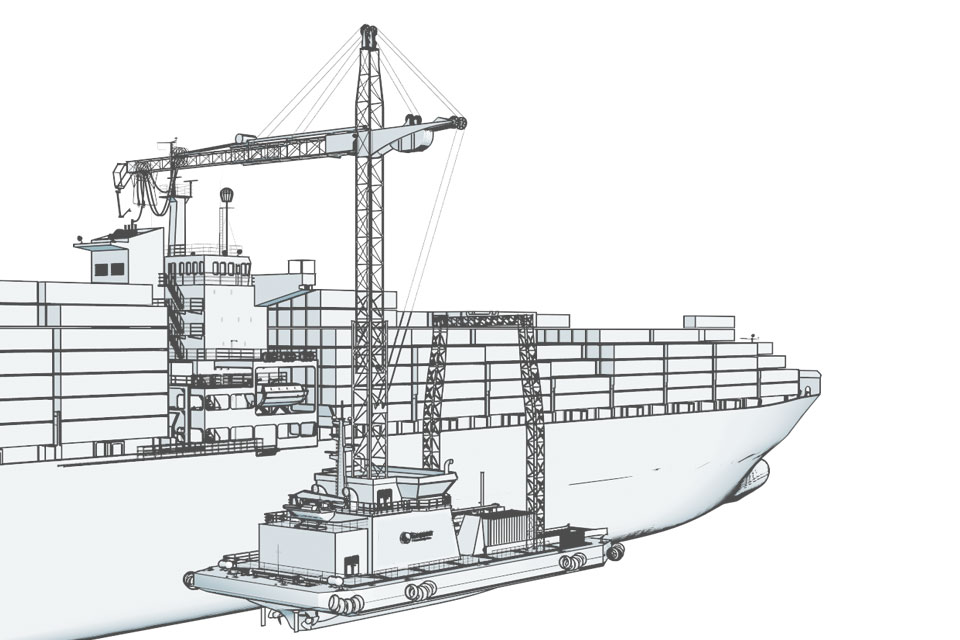
SMART ECO-BARGE
The Smart Eco-Barge is a compact and versatile solution that is suited for any port where the space available on the doc to place the Emission Treatment Device ( ETD ) & conduits is limited. The entire system is fitted into a barge, and it can reach ship exhaust almost anywhere while docking or anchoring.
DRY WASTE DISPOSAL
The dry waste, classified as harmless special industrial solids, is stored in the Emission Treatment Device’s ( ETD ) waste bins that can be unloaded periodically for disposal by local waste management companies.
SPECIAL FEATURES
•Equipped with 2 Electrical Engines
•Air-cooled (does not contribute to water warming)
•Power source available as Full-Electric or Hybrid. Full-Electric systems are equipped with swappable batteries. Hybrid systems are equipped with power generators that have exhaust connected to the Emission Treatment Device ( ETD )
•Spatial recognition and fully automated (it positions itself)
•Rapid Release – does not interfere with normal port operations
•Low Noise Fan and Ventilation (under 80db)
ABATEMENT DATA
•NOx removal effectiveness 90%
•SOx removal effectiveness 95%
•Diesel Particulate removal effectiveness 98%
•Heavy Metals removal effectiveness 98%
•CO2 removal effectivness upto 90%
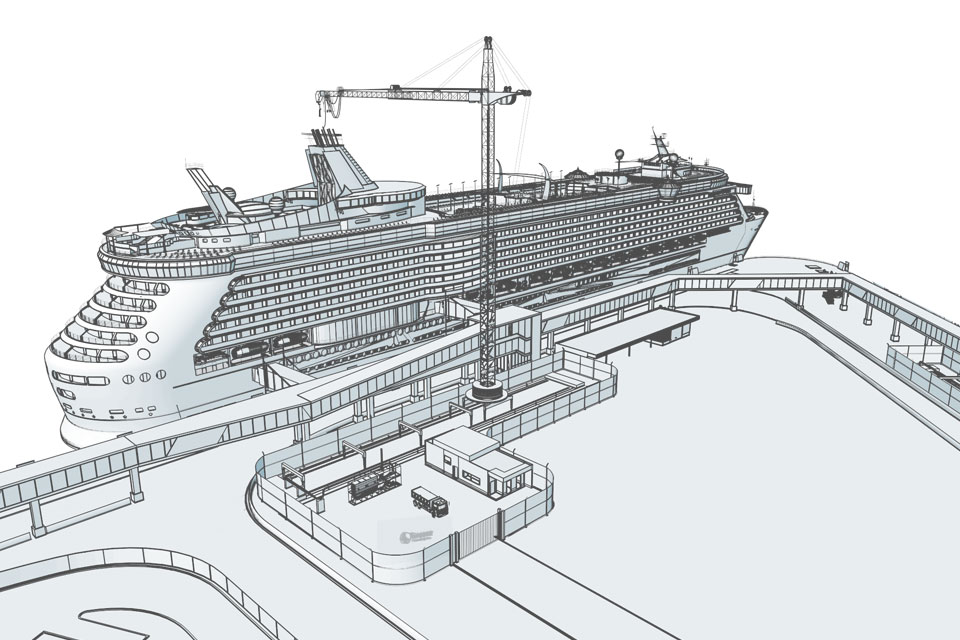
SMART ECO-BERTH
The Smart Eco-Berth is a system configuration perfect for larger ports where the emission treatment device (ETD) the ductwork and the emission capturing device (ECD) are installed on the dock site. The ETD can be proportionally sized to serve several ECD and multiple docking stations to capture and treat the emission of multiple stationing ships.
DRY WASTE DISPOSAL
The dry waste, classified as harmless special industrial solids, is stored in the Emission Treatment Device’s ( ETD ) waste bins that can be unloaded periodically for disposal by local waste management companies.
SPECIAL FEATURES
•Equipped with WHR unit ( Waste Heat Recovery ) capable of generating upto $200/hr of operation
•Equipped with railings for ductwork to extend and adjust the positioning of derrick along the dock
•Equipped with overpass structure to allow service vehicles and people to transit underneath
•Spatial recognition and fully automated (it positions itself)
•Rapid Release It does not interfere with normal port operations
•Low Noise Fan and Ventilation (under 80db)
ABATEMENT DATA
•NOx removal effectiveness 90%
•SOx removal effectiveness 95%
•Diesel Particulate removal effectiveness 98%
•Heavy Metals removal effectiveness 98%
•CO2 removal effectivness upto 90%
Why Should We Care About Ship Emissions?
Major air pollutants generated by port activities include, volatile organic compounds (VOCs), nitrogen oxides (NOx), sulfur oxides (SOx), and particulate matter (PM). Millions of people throughout the world live close to ports and the health effects compounds can include premature mortality, increased hospital admissions for heart and lung disease, increased cancer risk, and increased respiratory symptoms – especially for children, the elderly, outdoor workers, and other sensitive populations. A recent study found that emissions from diesel engines, commonly used in the freight industry, are significantly more harmful to humans than those from petrol vehicles and more than 30 human epidemiological studies have found that diesel exhaust exposure directly increases cancer risk. Port-related diesel emissions—such as NOx and black carbon—also may contribute to climate change.
“I have spent the last 35 years of my career dedicated to making the earth a cleaner place to live. And I am proud of the technical achievement with SETH that will surely lead to a cleaner environment, less greenhouse gases and healthier air for all of us to breath.”
-Enrico Festa, Founder & CTO
Request a complete information sheet / order a feasibility study.
Contact us for more information. Our global team of experts are ready to provide technical advice/service or productivity recommendations.
SETH™ is a Registered Service Mark of Greener Process Systems Inc. All Rights Reserved 2016-23




